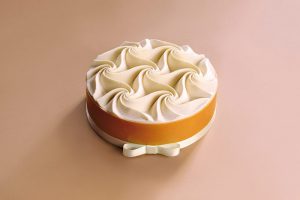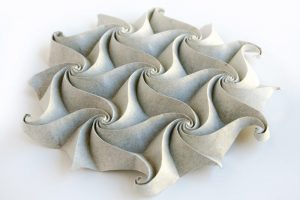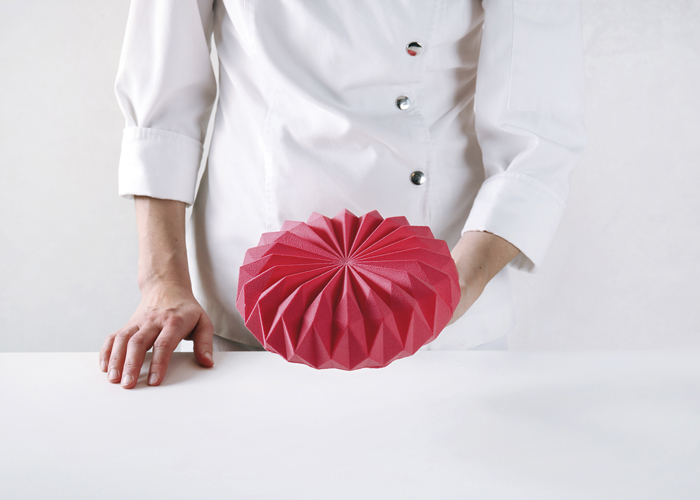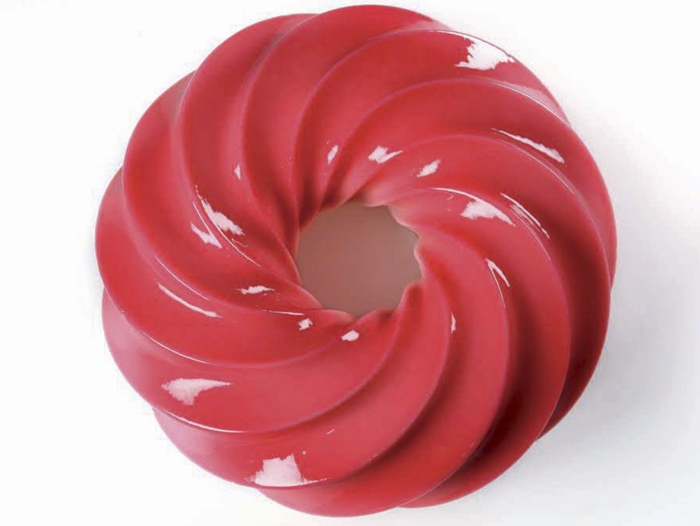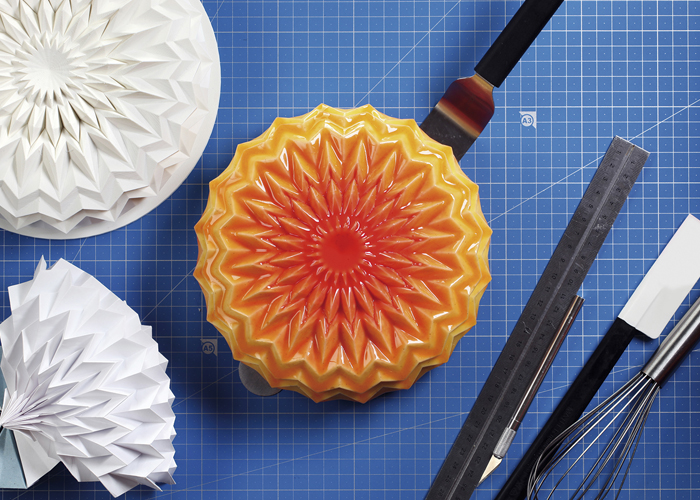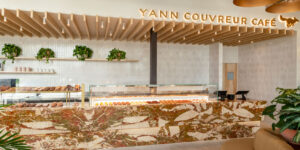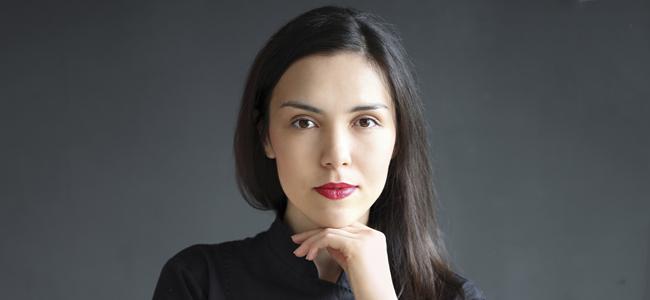
Look and see
Look where everyone looks but see what nobody or almost nobody else sees. It seems to us an accurate definition of creativity and even of art. And that is exactly what happens with Dinara Kasko, the Ukrainian architect and pastry chef who is revolutionizing the world of pastry design based on a talent that seems to have no limits. Her latest inspiration comes from origami, that curious art of folding paper to achieve different forms whose origins could be found in ancient China and its later development in Japan. Kasko saw the enormous possibilities that this manual discipline could contribute to the design of cakes and tarts and went on to work. She herself explains to us the whole creative process until obtaining what she shows us once more exclusively in so good #20.
Dinara also describes in these pages how she changed her professional life after some of her first designs being featured in our publication, especially her already famous cloud, only two years ago (so good #16). Today she’s pleased to see how, from this and other molds devised by her, many professionals create their own versions, with decorations, finishes and different colors. ‘This is one of my main ideas – to give people an interesting foundation that is self-sufficient without anything additional, but at the same time, it’s possible to transform it and present it differently depending on the targets and the ideas’ says the chef.
My experience creating molds
Torus’ cake mold video
It’s such a pleasure to return on the pages of so good.. magazine as two years ago, right after my first article was published in the magazine, my everyday life and my professional life as a pastry chef started to change rapidly, and I am so grateful to the editorial team who paid attention to my work.
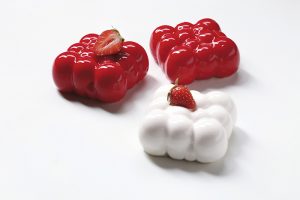
During these two years, there have been a lot of master classes, trips, exhibitions, speeches and interviews, meetings and acquaintances, and, of course, new molds. Currently, I am not just creating designs for silicone molds, but I am also launching my molds on sale labeled under my own brand name. Some of them have been specifically created for so good.. magazine.
Definitely, the most interesting part of my work is working with the shape. I like creating pure laconic objects that don’t need any additional decoration. After my molds became available for purchase, people started complimenting my original design with their own decorations. I can see a great number of variations with color, idea, presentation etc. Actually, this is one of my main ideas – to give people an interesting base that is self-sufficient without anything additional, but at the same time, it’s possible to transform it and present it differently depending on the targets and the ideas.
The ancient art of origami
This time, I have created several molds, and I would like to tell you more about them. A few months ago, I was carried away by origami, an ancient art that was invented in China and is quite popular nowadays. I spent a great amount of time folding sheets of paper and learning the methods and principles of origami. Inspired by the beauty of lines and patterns of the folds, I created a few models using 3Ds max and printed them on a 3D printer.
The first fold that I tried to make was the Miura-ori fold, an origami-based scheme devised in 1970 by Japanese astrophysicist Koryo Miura to store solar panels for deployment in space. Now this folding scheme is used for folding paper documents, maps, different decorative items, vases, furniture, clothing, textiles etc. Firstly, I tried to make a model for my mold out of paper – I tried making it in different sizes, tried out different folding variants, used different kinds of paper, and finished up with 3D modeling softwares. At the same time, I always work on textures and flavours, so I created special recipes for these molds.
Tesselations by Ekaterina Lukasheva
Searching for masters of origami, I came across the work by talented master Ekaterina Lukasheva, and I liked it. These folds, tessellations, and complex patterns are so laconic, graphical, and beautiful for me. Firstly, it might seem that it’s very easy – grab a sheet of paper and fold it, but it’s not like that at all. In order to get a pattern, it takes hours and years of practice, especially if you would like to create your own patterns as Ekaterina does.
Ekaterina Lukasheva’s art is half about the beauty and half about the exploration of possibilities to get complex curved folds out of flat sheets of paper. Each design is not just a beautiful ornament – it represents an engineering process that is invisible to a viewer. Unlike the molded sculptures, her tessellations are designed the way you can unwrap them back to flat at any time. This involves certain restrictions in shapes you can achieve and implies using mathematical concepts to make it possible.
To implement my idea of using Ekaterina’s tessellations, I have chosen the curl fold that reminds me of bends of piped cream or ice cream. And in our new mold it looks too good to be real (above image).
You will find these three creations alongisde their recipes in so good #20
